The German historian Professor Ulrike Freitag, director of the Leibniz-Zentrum Moderner Orient in Berlin, published A History of Jeddah: The Gate to Mecca in the Nineteenth and Twentieth Centuries in February 2020. When immigration, tolerance, and togetherness have become such central issues in today’s world, Freitag explains why understanding a historical melting point such as Jeddah has become so significant.
In this exclusive interview with Saudi Times, she shares her insights.
Q: Why did Jeddah become so interesting for you?
A: The Jeddah experience demonstrates how different communities can live together. The book is a discussion of real-life integration, and I found that encapsulated Jeddah society over many years—although it changed during and after the Ottoman era.
Q: Is it mainly a historical book, or a more relevant theme for today? If so, how?
A: You can’t write about everything at one and the same time. I chose the period from the 1840s until the destruction of the city wall of Jeddah in 1947 as the timeline—the end date is symbolic because it can be considered as the start of a new era for Jeddah.
As for the start date, when Egyptian rule (1813–1840) gave way to a return of more direct control by a reforming Ottoman Empire, there was increased interest in trade and rivalries aiming at controlling international shipping lanes. This was symbolized by the British occupation of Aden in 1839. It is in the wake of this increase in international exchanges that Jeddah—like other cities along these trade routes—attracted disproportionate amounts of immigrants from the Red Sea rim and further afield.
As a result of this influx, the Hijazi cities formed a very cosmopolitan society. In the history of the city of Jeddah, there have been major waves of different immigrants and influxes from all over the world, although circumstances varied greatly between the older immigrations and the present day.
With A History of Jeddah, I also want to showcase a Muslim society that managed to accommodate the influx of many different ethnicities, which holds a lesson for present-day Western debates about integrating migrants.
Q: What are the research methods you have used?
A: The research took 14 years! There were various ways how I got my information: of course, I used libraries and archives over the years—the Ottoman archive, the British archive in London, and the King Faisal Foundation Library (Riyadh). The Dutch Consul in Jeddah gave me access to the Dutch archive—and there was lots of other useful information as well.
A lot of local (old and new) libraries and archives are still not easy to access. Much information came from local histories and interviews with historians and old families in Jeddah. Here, the so-called snowball system helped; people who have an interest in your work recommend you to others.
There were some families who allowed me access to their family history and archives. This way, I got to see a number of merchant documents, some information on awqaf (charitable foundations) in the city, or materials on the Al-Falah School. There is still a big gap in the research that could not be filled because of the lack of access to the municipal archives. Until these documents are made available to the public, we will not know what is in the documents and miss some information.
Q: When people ask you about Saudi Arabia, what are the most common questions you get?
A: The questions might be different, but they usually pertain to the present rather than the past. Most commonly, it is about how one can work and move there as a woman. The perspective of people has changed, and people are aware of the developments, but it is still hard for them to imagine what life in Saudi Arabia is like.
About Ulrike Freitag
Ulrike Freitag is a distinguished German historian and professor specializing in the modern history of the Arab world. As the director of the Leibniz-Zentrum Moderner Orient (ZMO) in Berlin, she has published extensively on urban history, cultural exchanges, and transnational connections in the Middle East. Freitag’s research offers valuable insights into the socio-political transformations shaping the region, with a focus on cities like Jeddah and their historical significance.
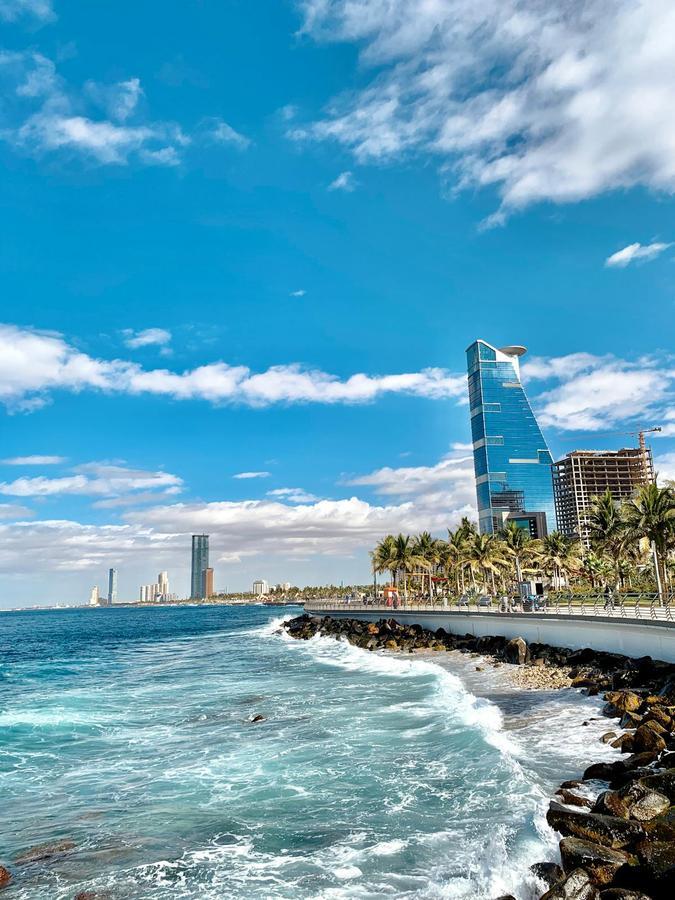
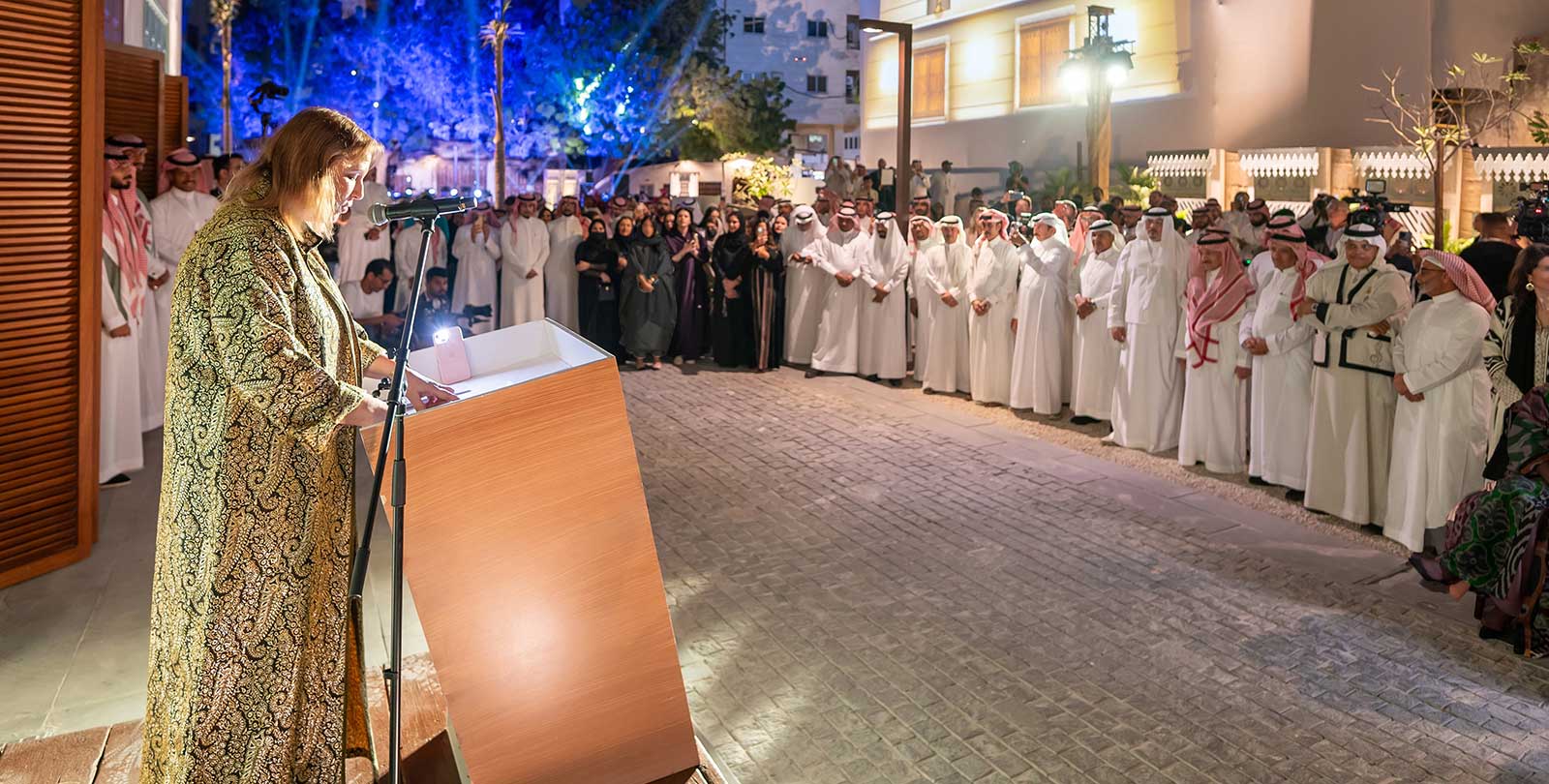
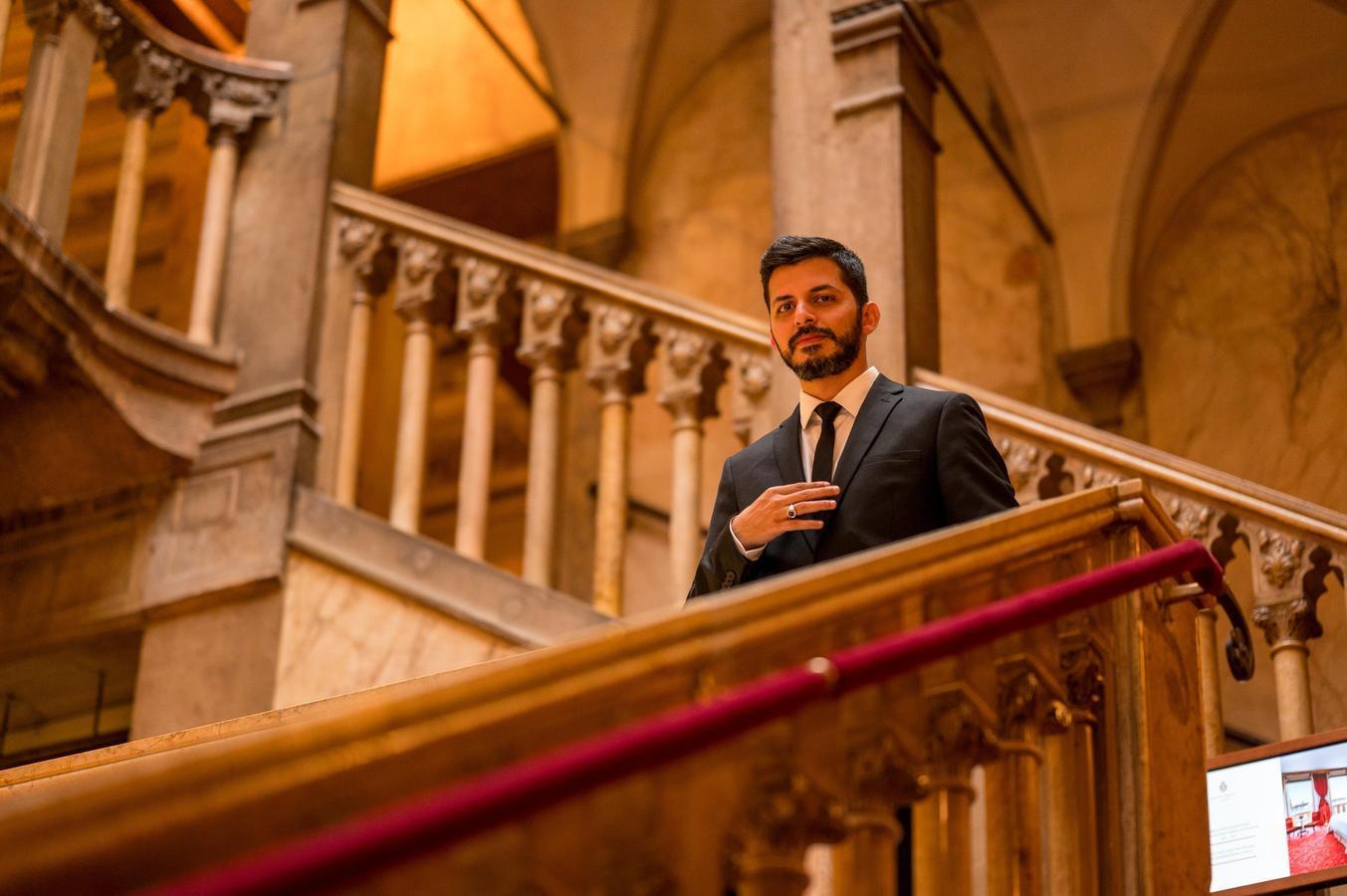
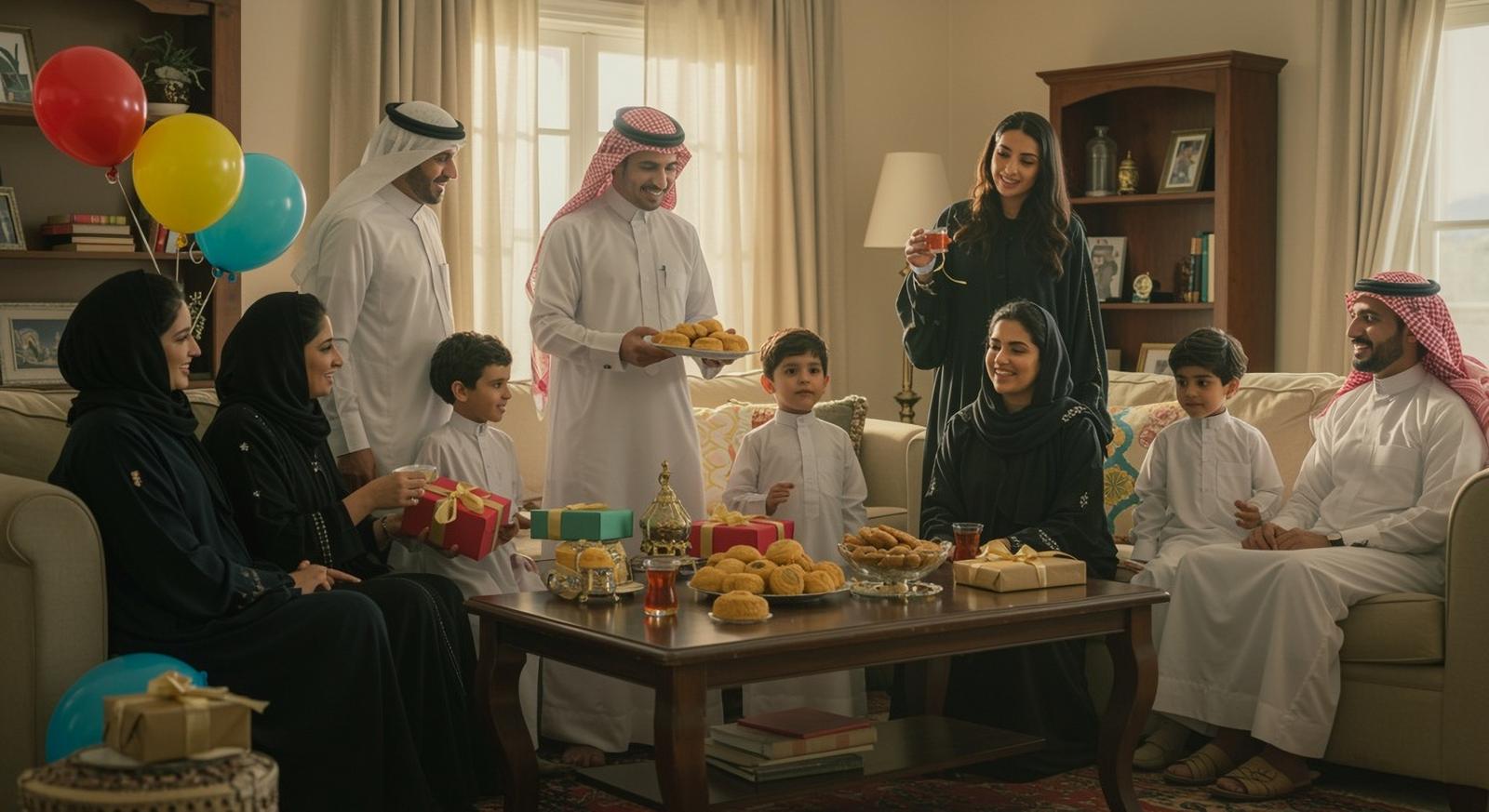
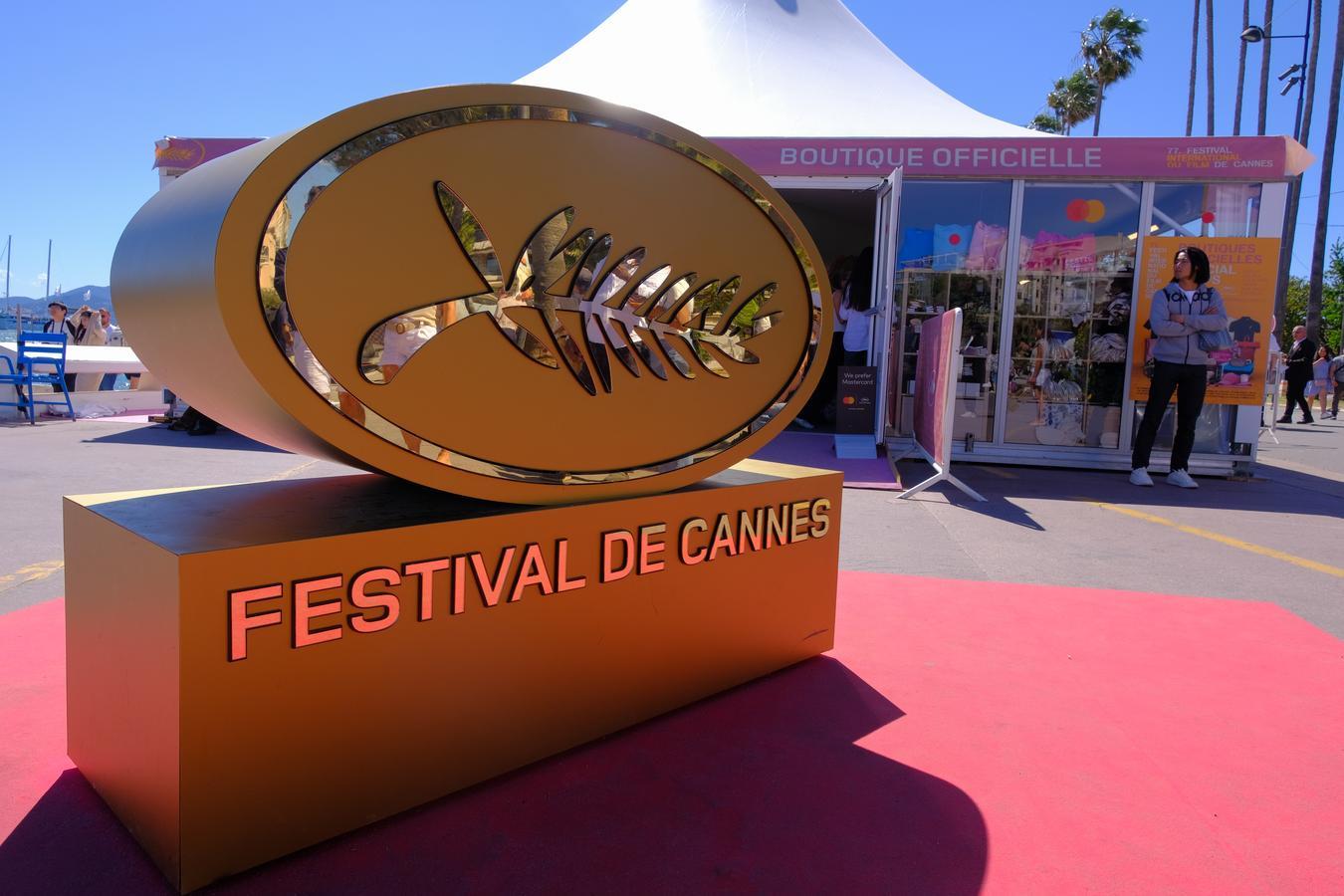
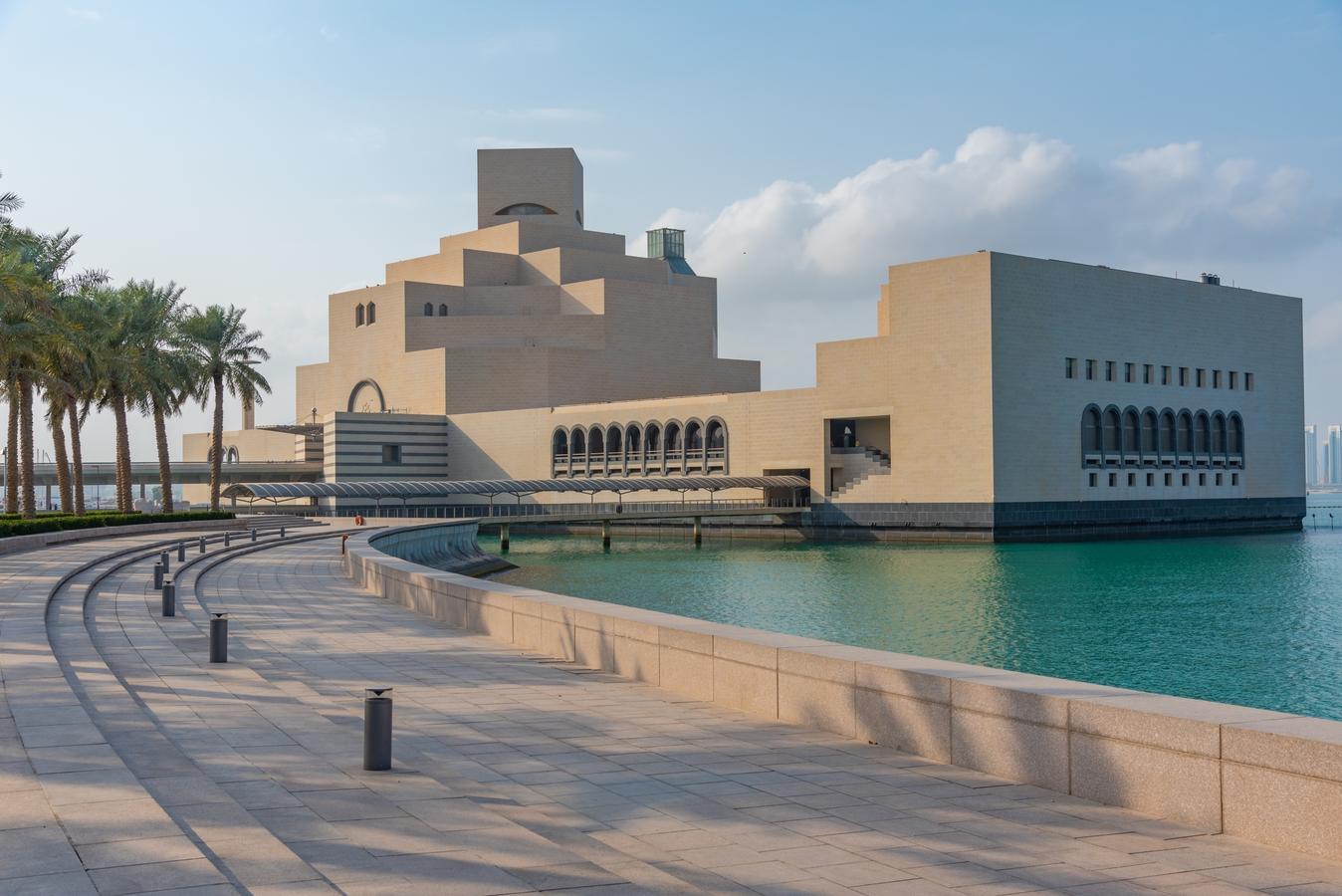
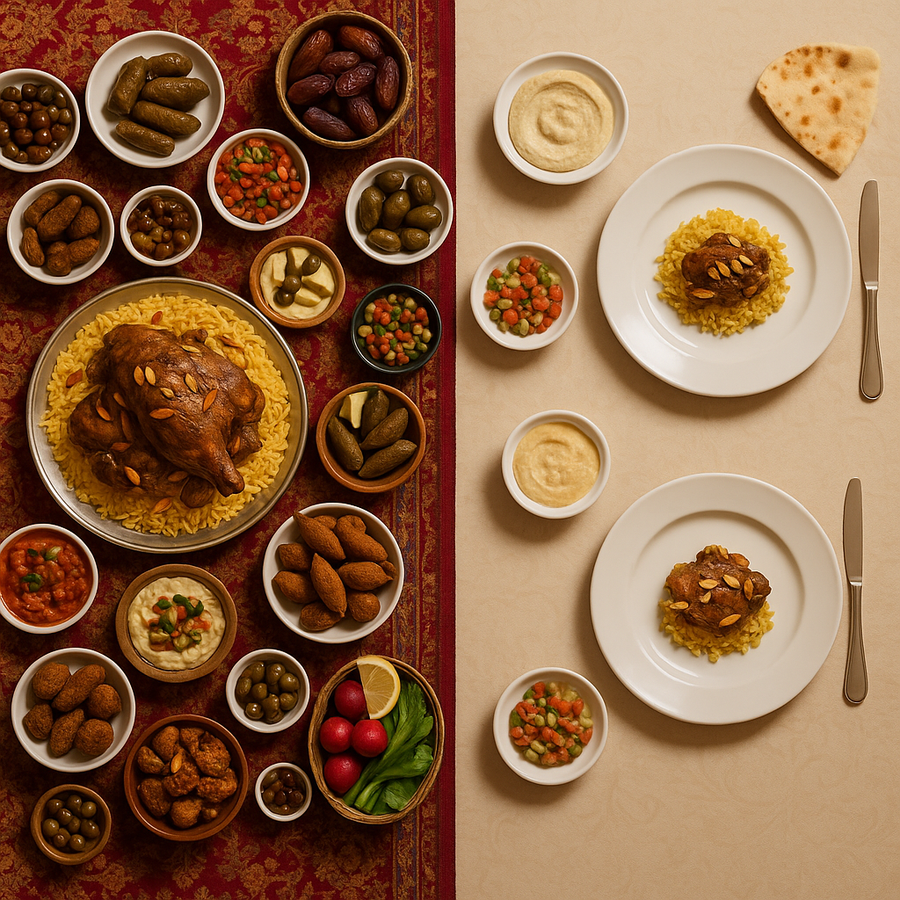
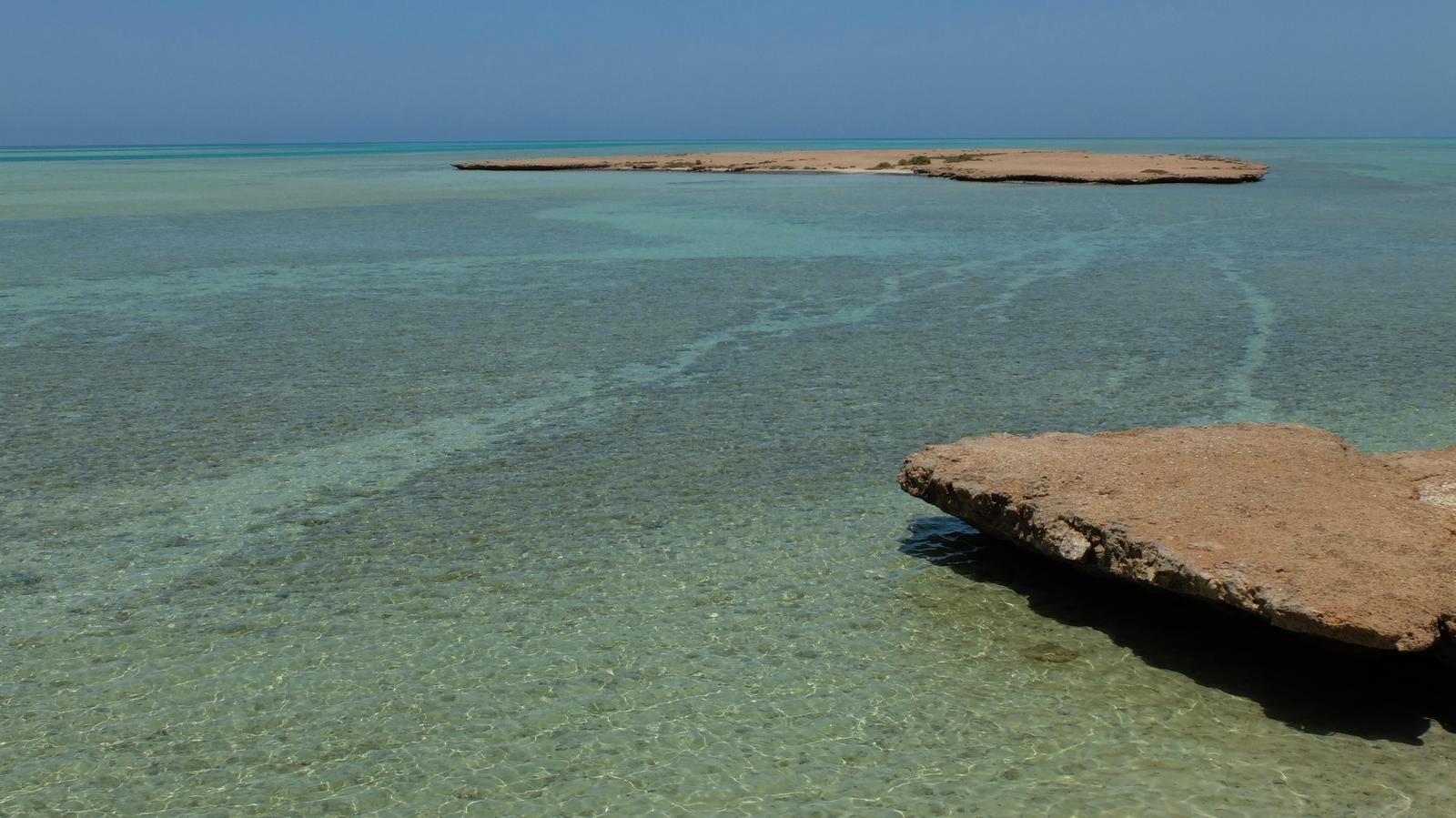
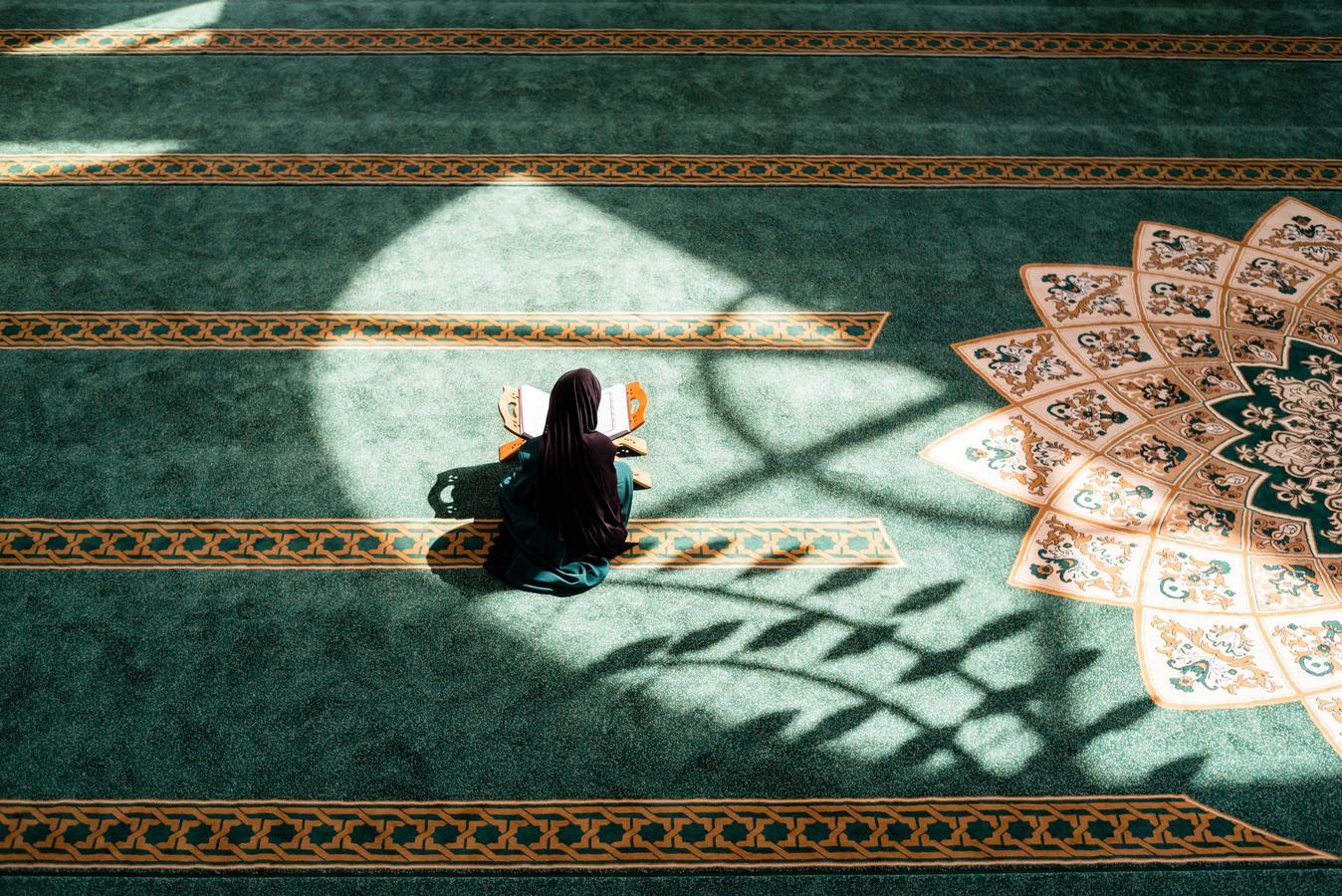
0 Comments
No comments yet. Be the first to comment!